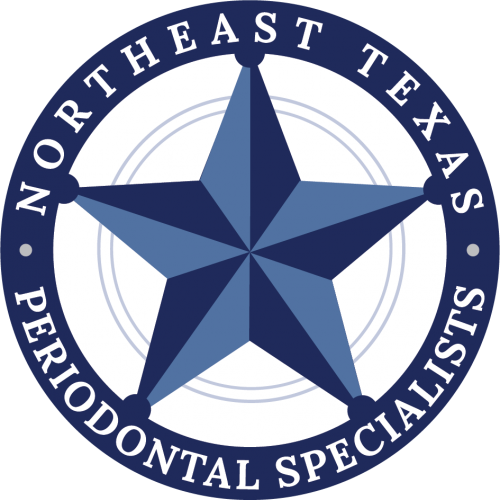All-on-4 Dental Implants vs All-on-6 Dental Implants
Patients who are missing most or all of their natural teeth may be good candidates for All-on-4 or All-on-6 dental implants. All-on-4 and All-on-6 dental implants are a safe and effective treatment option for replacing missing teeth with four or six implants in the top or bottom jaw rather than one individual implant per tooth. All-on-4 and All-on-6 are a wonderful option for patients who require extensive implant support or for patients whose jawbone has deteriorated to the point of no longer being able to support a traditional implant.
The biggest difference between All-on-4 and All-on-6 is the number of implants that are used. Though not necessary for all patients, All-on-6 may be recommended to ensure that patients receive as stable and strong a base for the prosthetic dental arch as possible. The additional two implants can help more evenly distribute pressure that occurs when chewing and biting, which can prolong the life of each arch and reduce a patient’s risk of developing additional oral health issues. The additional implants can also help strengthen and stabilize the jawbone and prevent further deterioration from developing.
All-on-4 and All-on-6 Procedural Steps
It generally takes between two to four hours to complete one arch of the All-on-4 or All-on-6 dental implant, however the entire process of having your implants placed will take several months or even years to complete. The first step in the All-on-4 or All-on-6 process is your initial evaluation. During this exam, your periodontist will review your oral and medical history, determine the underlying cause of your tooth loss, and take diagnostic exams to determine your viability for this procedure. They will also determine whether you require four or six implants to be placed.
Once this information is collected, a treatment plan will be developed. This treatment plan may include preliminary procedures, such as tooth extraction, bone grafting, and/or correcting periodontal disease. Following this, your All-on-4 or All-on-6 implants will be ready to be placed. After administering a local anesthetic to ensure you are comfortable, the procedure will begin with an incision in your gum. Next, they will shape the socket into which the implant will be placed. Once the socket is prepared, they will insert the titanium screw and attach the abutment, after which your gums will be sutured, and a temporary set of dentures placed.
After this part of the procedure is complete, you will begin the healing process whereby the titanium posts that were placed in your jaw will begin to naturally fuse with the surrounding jawbone through a process called osseointegration. Immediately following the placement of your implants, you will likely experience some pain and discomfort, but this can be managed with over-the-counter or prescribed pain medication, ice pack therapy, and rest. You will also need to follow a soft food diet for some time following the procedure to avoid damaging the implant and reduce your risk of complications.
Once the titanium posts have fully healed, you will return one last time and your permanent dentures will be placed and you can begin to enjoy having a bright, full smile again!
If you have additional questions about the All-on-4 or All-on-6 process, schedule a consultation with your periodontist. They can answer your questions and provide additional information as to which approach they feel is best suited for your needs and why.

